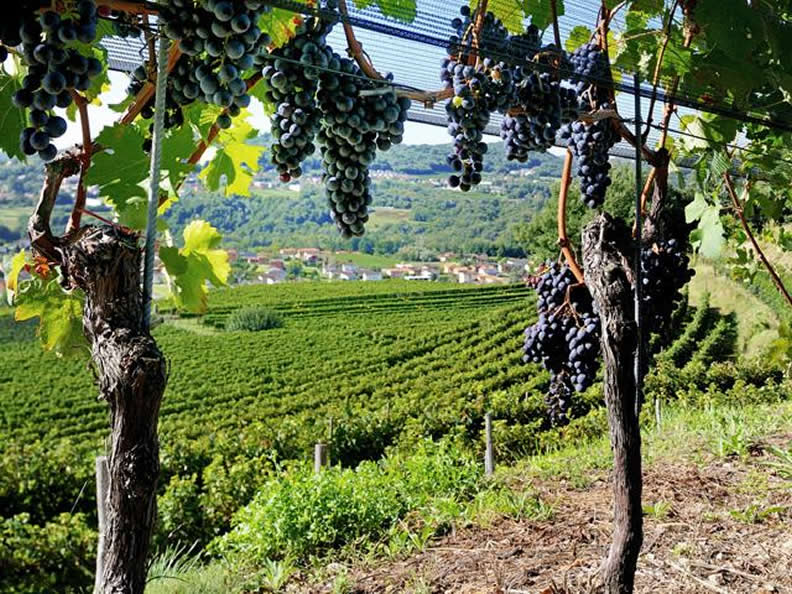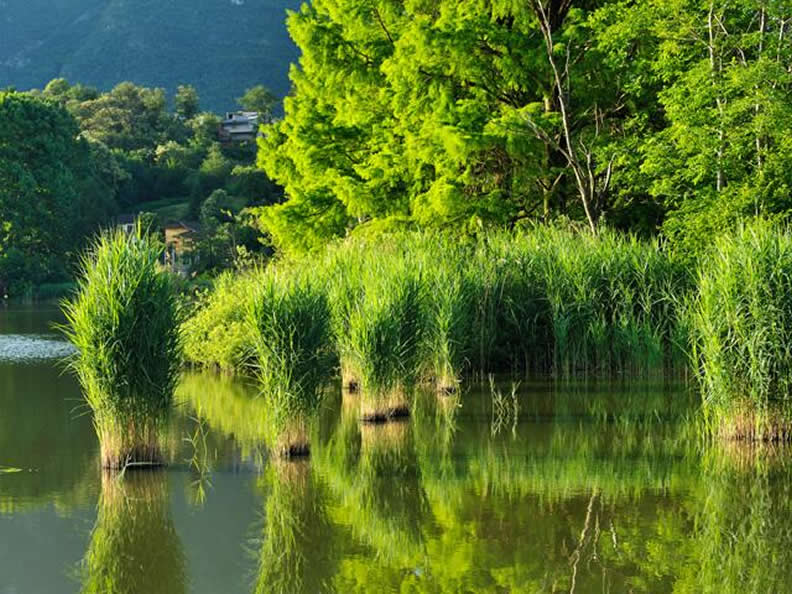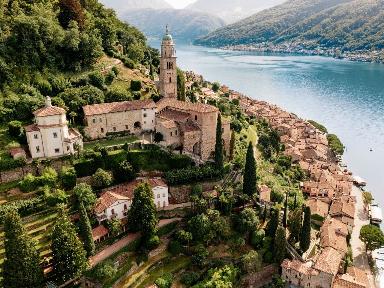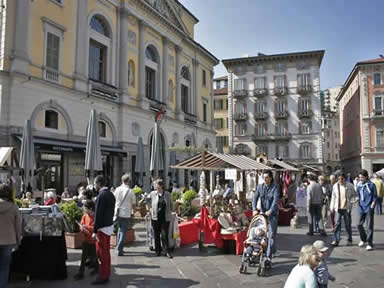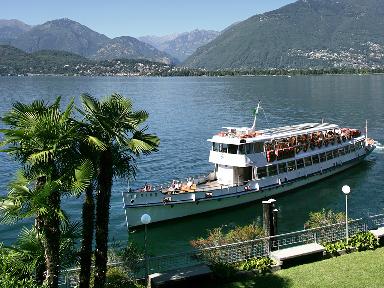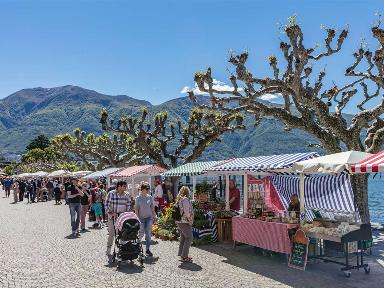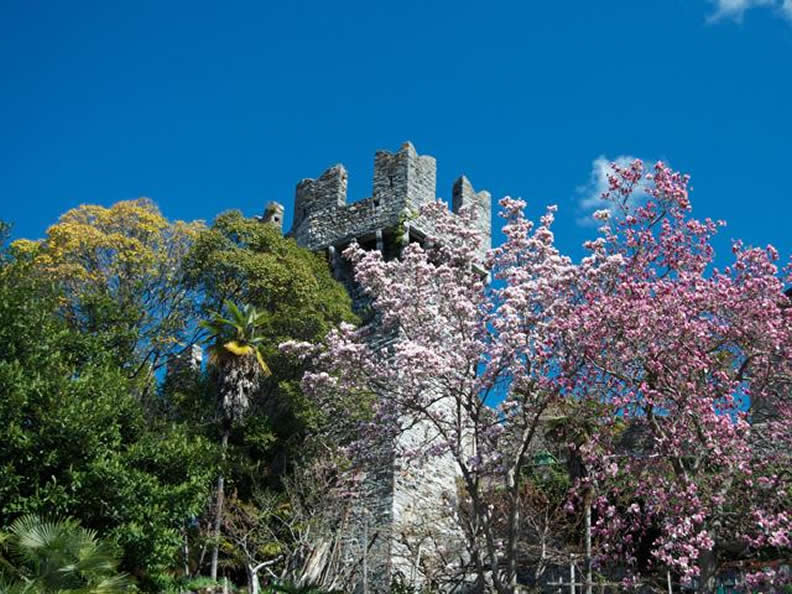
Ticino is divided into four regions: Bellinzona, Lake Maggiore, Lake Lugano and Mendrisiotto. Each region offers different and special scenery, and deserves to be explored.
Ticino's flora is typified by the coexistence of plants of both Alpine and Mediterranean origin. It is the most interesting botanical region in Switzerland, for its subtropical climate.
2,300 hours of sunshine per year promote the growth of cypress, palm trees, camellias, mimosas and magnolias and chestnuts (just to list a few). Spring arrives earlier in Ticino and autumn lingers longer than in the rest of Switzerland.
The Ticino lakes are the work of gigantic receding glaciers. Both the Lugano and Maggiore Lakes are shared with Italy.
The sharp blue winter sky seems bigger through the lake's reflection; the early morning mists of spring which swirl above the lake are chased by the summer breezes, and in the autumn evenings, the explosive red of the setting sun mixes in the water with its pastel reflection.
Ticino's mountains are characterized by steep ascents and sharp angles. Granite and, in some places, marble are quarried out of the cliffs. The alpine pastures are a special treat; mostly accessible only during the summer months.
Water is an important element especially in the northern valleys where alpine springs and lakes are the source of great waterfalls and torrents.
